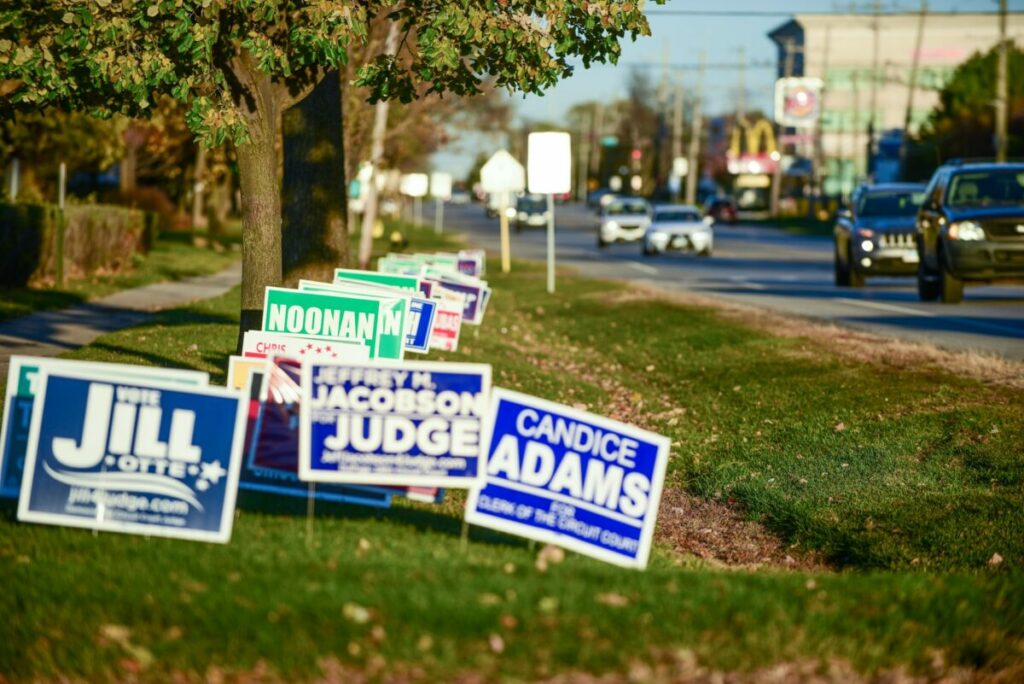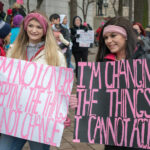
Running for elected office requires an investment, and an increasing number of people are opting to self-fund their bids. But as a result, women candidates are getting left further behind.
A recent report from the Center for American Women and Politics (CAWP) at Rutgers University shines a spotlight on the situation. In the 10 states monitored by researchers for the Center’s ongoing campaign finance project, it was discovered that men were significantly more likely to self-fund their races across the board.
In Colorado, for example, 46% of both Democratic and Republican male candidates self-funded their campaigns. Just 6% of Democratic women candidates said the same – and the lone Republican woman vying for office reported using outside funding.
And that’s a problem, experts say. “This points to a significant barrier to women’s political participation – party gatekeepers value self-financed candidates because they are less reliant on party resources,” researchers noted. Plus, women simply have less cash on hand for such endeavors, owing to ongoing pay and opportunity gaps.
It’s not the only factor holding women back from running for office, either. Last fall, electoral nonprofit She Should Run released its own study on the representation gap, which revealed another problem for prospective women candidates – sheer fatigue. “Women just don’t have the minutes,” Erin Loos Cutraro, founder and CEO of She Should Run, told The Story Exchange. “Before, we would ask about their [myriad] challenges. Now, it’s just the exhaustion.”
The combined result of these phenomena: Women presently occupy just 25% of the U.S. Senate’s 100 seats, and roughly 29% of seats in the U.S. House, CAWP found. They hold about 31% of state-level executive roles, and 24% of governorships. The majority of them, in all instances, are white. And the upcoming crop of candidates doesn’t offer much hope for a reversal. In 2020, 29% of U.S. House candidates and just shy of 24% of U.S. Senate candidates were women. By 2022, those percentages dropped to 28% and 21.7%, respectively.
Yet it behooves us all to prioritize bridging the gap, experts add.
“We can’t expect to have the smartest policies if we’re not tapping the full talent pool this country has to offer – and there is so much untapped talent,” Loos Cutraro said. “We could … serve the full population if we had women in those rooms, in all ways.”



